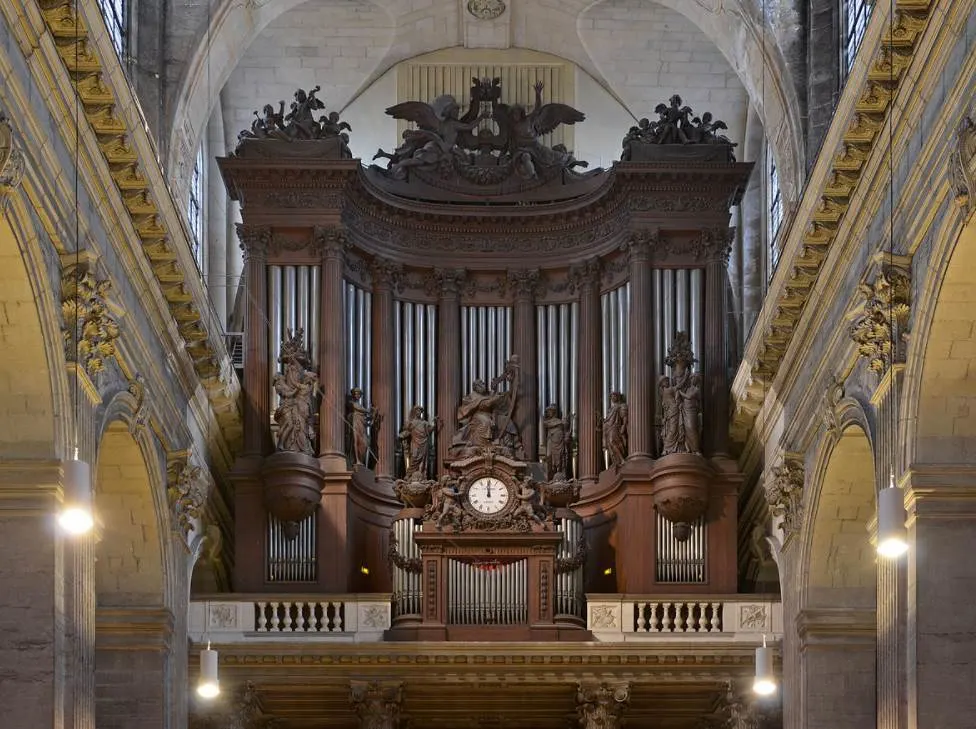Of all the most famous churches in Paris, only one is larger than this remarkable Baroque structure on the Left Bank of the River Seine.
Let’s take a closer look at some of the most interesting facts about the Church of Saint-Sulpice, a fascinating church with some remarkable stories to tell.
1. It’s located in the Latin Quarter of Paris
The Church of Saint-Sulpice is an enormous structure located on a square with the same name, the “Place de Saint-Sulpice.” The church dominates the eastern part of the large square on the Left Bank of the River Seine in Paris.
The structure is located in the 6th arrondissement of the city, an area known as the Latin Quarter. It’s nestled in between the Louvre Museum to the north (which is located across the River Seine) and the Luxembourg Palace to the south.
The square in front of the church is relatively big and is dominated by a large fountain. It originally served its purpose as a little park for the people who lived in the fast-growing Latin Quarter to relax.

2. The current building is the second church in this location
The original church in this location was a Romanesque structure that was completed in the 13th century. What’s remarkable is that this was also a pretty big structure but that ended up being replaced after the establishment of the “Society of Saint-Sulpice” in 1642.
This newly established congregation became so popular that the existing church didn’t suffice anymore, so plans to build a new church were made. The first stone was laid in 1646 by Anne of Austria, the Queen of France at the time as the wife of King Louis XIII.
The church was dedicated to Sulpitius the Pious, a 7th-century Bishop of Bourges who became a saint.
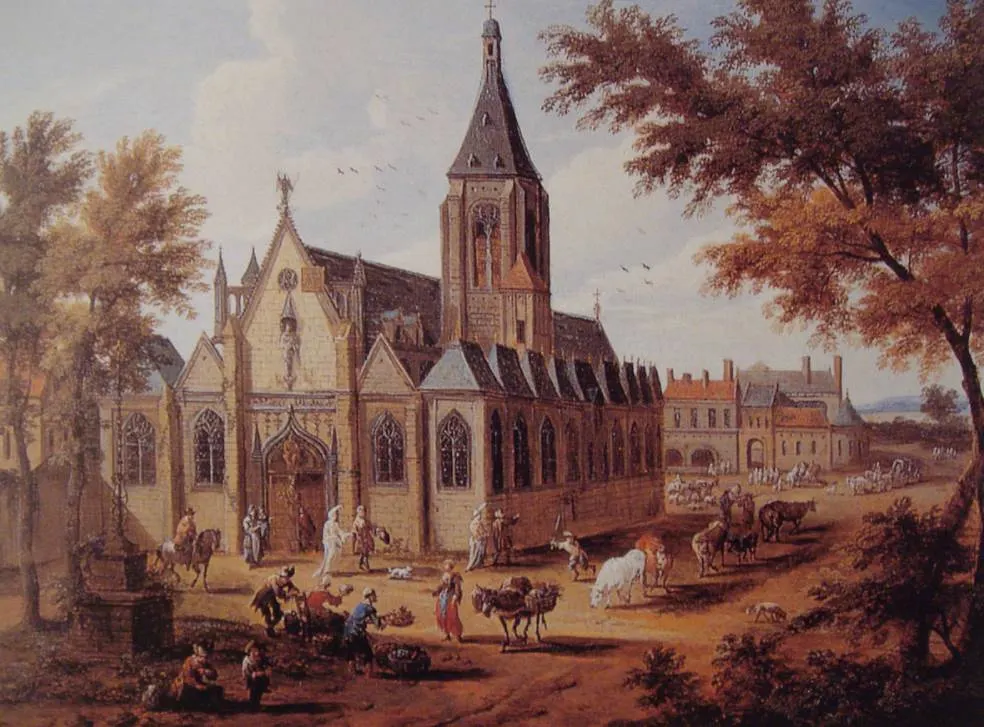
3. It’s the second-largest church in Paris
The Church of Saint-Sulpice was built at an enormous scale, eventually becoming the second-largest church in Paris. Only Notre-Dame Cathedral, the most famous Gothic Cathedral in Paris and the epitome of Gothic architecture is larger.
The façade of the church is dominated by two towers that remarkably don’t have the same height. The North tower stands 73 meters (240 feet) while the South Tower only reaches a height of 68 meters (223 feet).
Even though the church doesn’t appear to be that big initially (at least not to assume it’s the second-largest church in the city), it’s still massive. It has a total length of 119 meters (390 feet), a width of 57 meters (187 feet), and the interior has a height of 33 meters (108 feet).
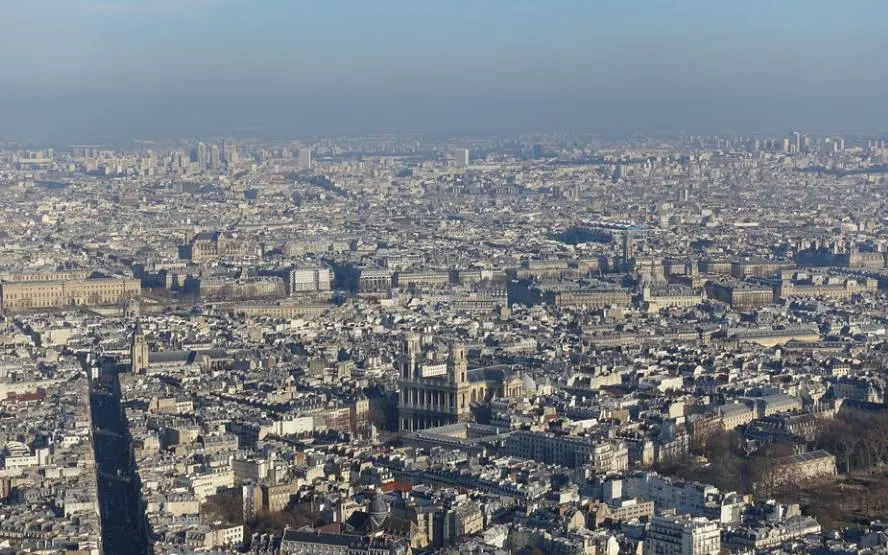
4. The towers on the façade don’t match for a particular reason
Building such a huge structure took some time and several civil wars known as “Les Frondes” followed by a shortage in the budget didn’t help either. Regardless, many elements of the church were completed in the 17th century.
Most of the church was completed by 1732 and this was the year that an architectural competition was held for the design of the west façade. The competition was won by an Italian architect named Giovanni Servandoni (1695-1766) but he never saw the completion of the two towers he designed.
This means that the subsequent architect made quite a few changes to the original design. This was especially the case regarding the pediment and the two massive towers which were much thinner in his design. This design was based on the façade of St. Paul’s Cathedral in London.
The original Baroque design was changed into a more Neoclassical design, but because of the French Revolution, the towers were never completed, resulting in a mismatch.
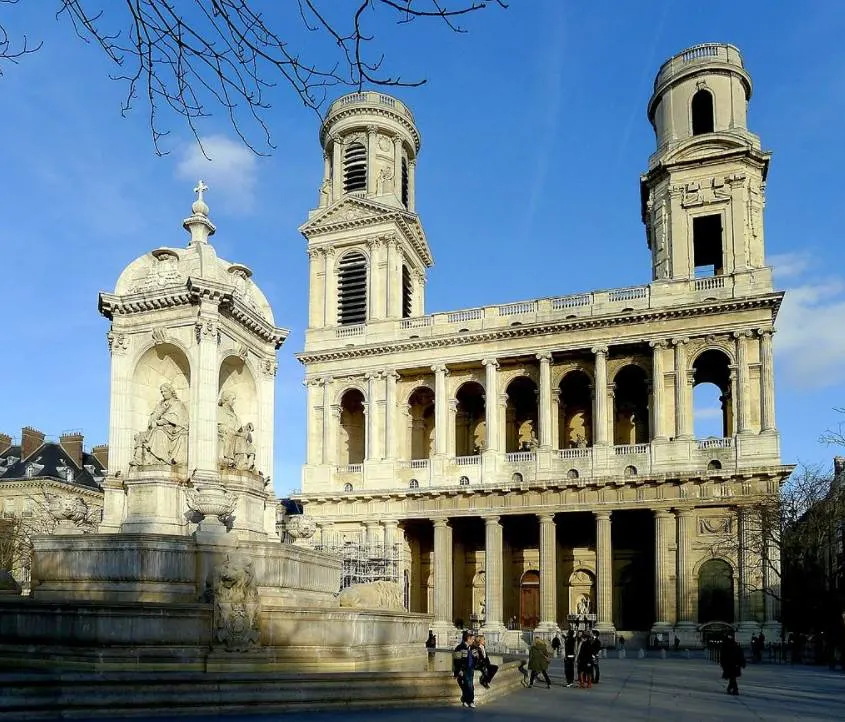
5. It’s home to a remarkable 18th-century astronomical device
The interior of the church is vast and the end of the transept is dominated by massive Corinthian columns. One of the most remarkable features of the church is located in the south transept.
Here you can find the so-called “Gnomon of Saint-Sulpice,” an astronomical device that allows you to see the position of the sun in the sky. The sunlight shines through a small glass window at a height of about 25 meters. When an obelisk at the opposite end is lit near its tip, the sun is at its lowest point at midday.
The gnomon was commissioned in the year 1727 but wasn’t completed until the year 1743. It eventually became redundant with the invention of much most powerful telescopes.
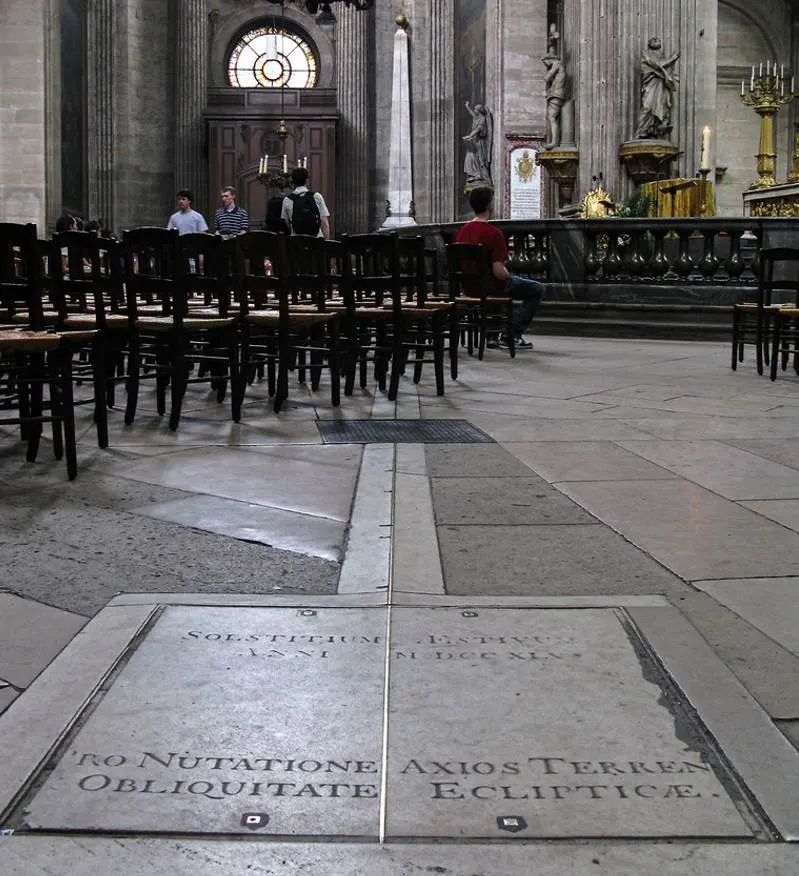
More interesting facts about the Church of Saint-Sulpice
6. The construction of the church had started in 1636 but was halted due to the Frondes, a series of civil wars that happened during the Franco-Spanish Wars between 1648 and 1653.
During this initial construction phase, only the Lady Chapel had been completed by 1660. Remarkably, the original design of the church was completely altered b an architect named Daniel Gittard after the first architect, Christophe Gamard, had died in the year 1649.
7. The Lady Chapel also doesn’t feature its original design because it was completely rebuilt during the 18th century, the same period that the façacde was built.
It was redesigned once more in the late 18th century and an impressive fresco in the Rococo style was added. This depicts the Assumption of the Virgin to the dome of the already elaborately decorated Baroque interior of the chapel.
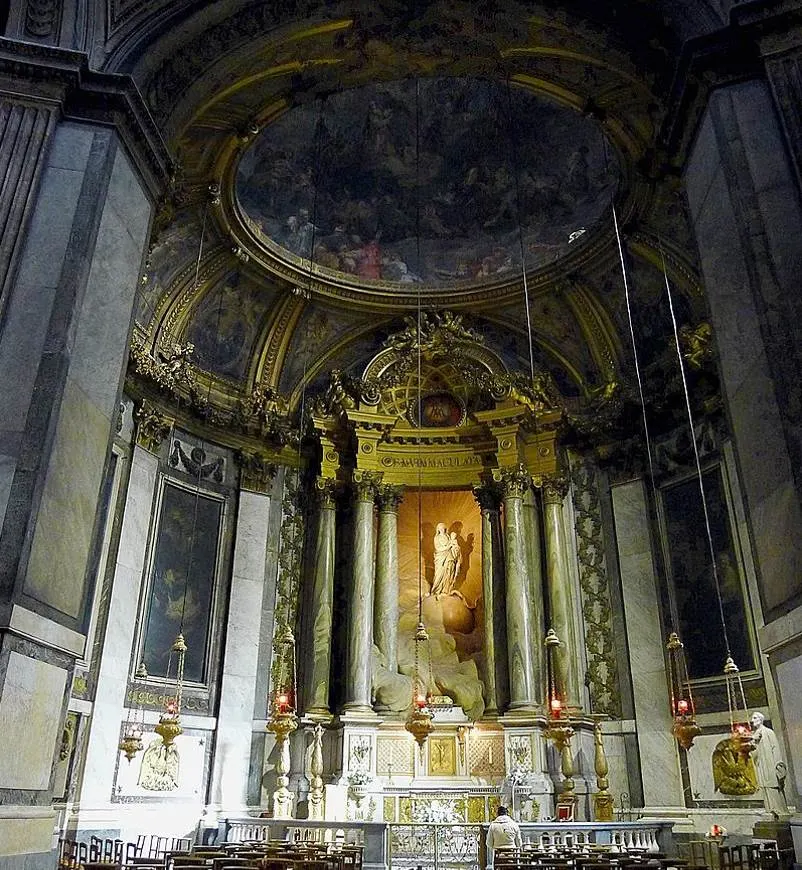
8. During the French Revolution, the Roman Catholic Church was transformed into a “Temple to worship the Supreme Being.” A sign above the front door of the church was added which read: “’Le Peuple Français Reconnoit L’Etre Suprême Et L’Immortalité de L’Âme.”
Part of this sign is still visible and it translates to: “The French people recognize the Supreme Being and the immortality of the soul.”
9. The church laid a prominent role in the international bestseller “The Da Vinci Code,” resulting in hoards of tourists flocking to this remarkable landmark in Paris. A sign inside the church was added which reads:
Contrary to fanciful allegations in a recent best-selling novel, this [the line in the floor] is not a vestige of a pagan temple. No such temple ever existed in this place. It was never called a «Rose-Line». It does not coincide with the meridian traced through the middle of the Paris Observatory which serves as a reference for maps where longitudes are measured in degrees East or West of Paris…. Please also note that the letters «P» and «S» in the small round windows at both ends of the transept refer to Peter and Sulpice, the patron saints of the church, not an imaginary «Priory of Sion.»
Quote inside the church of Saint-Sulpice.
When Ron Howard requested to film some scenes inside the church for the movie version of “The Da Vinci Code” (2005) he was denied access by the Archdiocese of Paris.
10. The church has had an extensive history of renowned organists dating back to the 17th century. The current organ inside the church is a remarkable work of art in itself and was completed in the year 1862.
